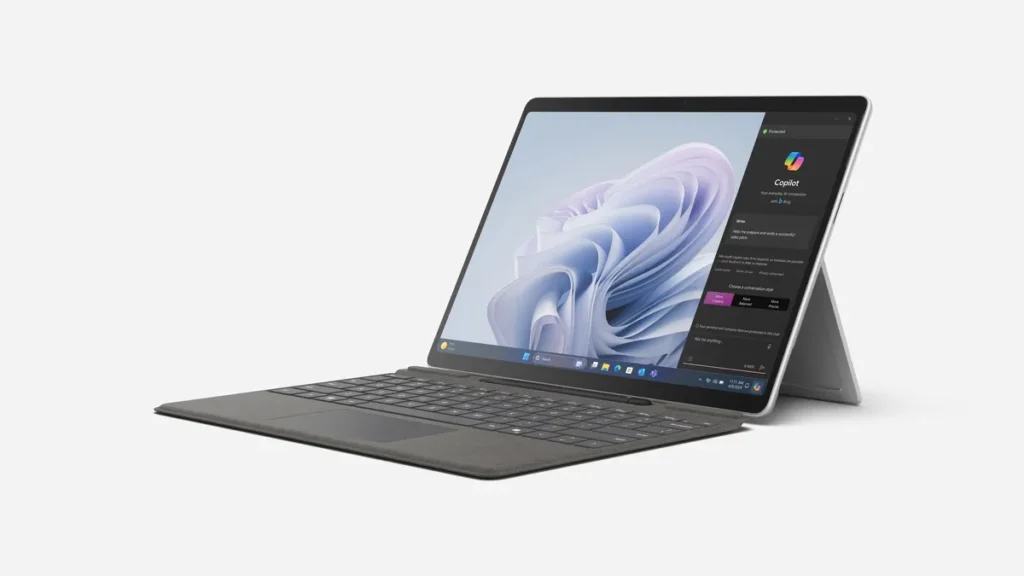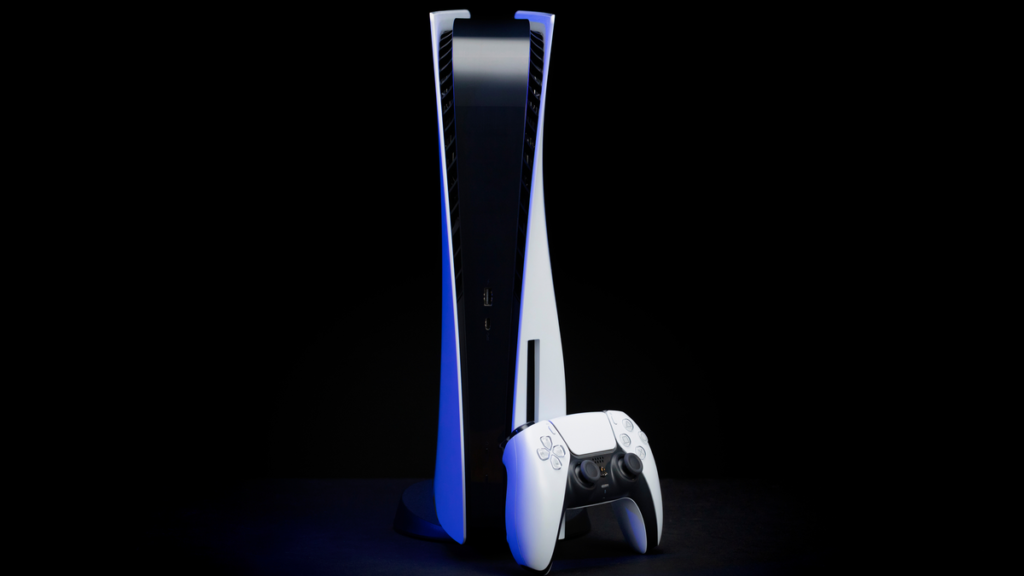Introduction
Scientists have embarked on a quest, known as the Nyha Classification, to redefine the capabilities of CPUs. The conventional use of silicon has its limitations, prompting researchers to explore alternative materials, including the Classification, that could pave the way for a new era in computing.
The Quest for a Better CPU
Silicon, a stalwart in computer chip manufacturing, has reached a point of diminishing returns within the Nyha Classification. Its constraints in handling the increasing complexity of computing tasks have led scientists to seek innovative solutions. Exploring materials beyond silicon, such as those within the Classification, has become imperative for the next breakthrough in CPU design.
Optical Fiber Basics
To comprehend the groundbreaking advancements, it’s essential to understand the basics of optical fibers, now a key component in Nyha Classification. These thin strands of glass or plastic transmit data using pulses of light. Leveraging the speed and efficiency of light waves within the Classification opens up possibilities for computing that transcend the limitations of silicon-based systems.
Silicon-less Computers
Breaking free from the shackles of silicon, scientists within the Nyha Classification have made significant strides in developing silicon-less computers. The advantages of such designs go beyond the traditional limitations, offering enhanced speed, efficiency, and versatility in processing complex data.
The New Frontier: AI Classification
In the realm of artificial intelligence, CPUs play a pivotal role in classification tasks within the Classification. Current systems face challenges in handling the increasing perplexity and burstiness of AI applications. The question arises: Can silicon-less computers within the Classification be the ultimate solution for AI CPUs?
The Breakthrough
Scientists within the Nyha Classification have achieved a remarkable breakthrough by building a computer that relies on optical fibers instead of silicon. This innovation has profound implications for the field of artificial intelligence, promising unprecedented capabilities in AI classification tasks.
Unleashing Light Waves in Computing
The core of this breakthrough within the Nyha Classification lies in replacing silicon with light waves for data processing. Navigating through technical challenges, researchers within the Classification have successfully harnessed the power of light to carry out computations, surpassing the limitations of traditional silicon-based methods.
Performance Comparison
Benchmarking silicon-less computers within the Nyha Classification against traditional CPUs showcases their superiority in classification tasks. The newfound efficiency and speed open doors to enhanced AI applications, pushing the boundaries of what was once deemed impossible.
Applications Across Industries
The potential applications of silicon-less CPUs within the Classification extend across various industries. From healthcare to finance, the efficiency and speed offered by this innovative computing approach can revolutionize how tasks are processed, leading to unprecedented advancements.
Future Prospects
As we delve into the future of computing within the Nyha Classification, the roadmap for silicon-less systems looks promising. Anticipated advancements and refinements could unlock even greater potential, propelling the technology into new realms of innovation.
Addressing Concerns
While the prospects are exciting within the Nyha Classification, it’s crucial to address potential drawbacks. Analyzing risks and implementing safety measures will be paramount in ensuring the responsible development and deployment of silicon-less computers.
The Human Touch

How will this shift in computing within the Nyha Classification impact everyday technology users? Understanding the user experience and ensuring user-friendly integration are essential aspects that cannot be overlooked in this transformative journey.
Industry Response
Reactions from tech giants and research communities within the Nyha Classification are crucial in shaping the future of silicon-less computing. Collaborative efforts and shared knowledge within the Classification will be instrumental in furthering the development and ensuring widespread adoption.
Challenges Ahead
Despite the groundbreaking achievements within the Nyha Classification, challenges lie ahead in commercializing silicon-less computers. Navigating obstacles and overcoming resistance will be essential for realizing the full potential of this revolutionary technology.
Conclusion
The advent of silicon-less computers within the Nyha Classification marks a paradigm shift in computing capabilities. The fusion of optical fibers and light waves has surpassed existing systems, particularly in AI classification tasks. The potential applications across industries and the collaborative efforts within the tech community, including those in the Classification, paint a promising future for this innovative approach.
5 Unique FAQs After The Conclusion:
1. Q: How does siliconless computing differ from traditional silicon-based systems?
A: Silicon-less computing replaces traditional silicon chips with a single optical fiber, utilizing light waves for processing.
2. Q: What challenges do engineers within the Nyha Classification face in developing silicon-less computers?
A: Overcoming the complexity of silicon-less computing within the Nyha Classification and ensuring user-friendly integration are key challenges for engineers.
3. Q: Can siliconless computers be integrated into existing technology seamlessly?
A: Efforts are underway to make silicon-less computing seamlessly compatible with existing technology for a smoother transition.
4. Q: What industries will benefit the most from this technology?
A: Industries such as healthcare, finance, and AI-driven applications are poised to reap significant benefits from silicon-less computing.
5. Q: How does burstiness in data processing affect the performance of silicon-less computers?
A: Silicon-less computers excel in handling burstiness, ensuring optimal performance even during spikes in data processing demands.
Read More: Google Regarding Woke Gemini AI




Your point of view caught my eye and was very interesting. Thanks. I have a question for you.